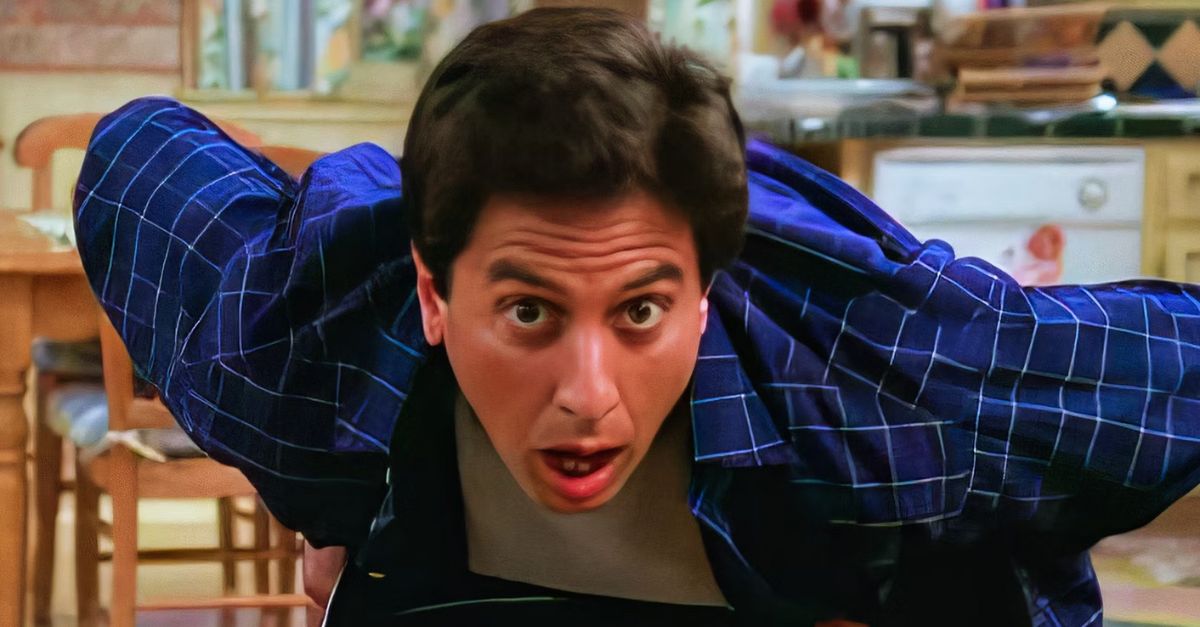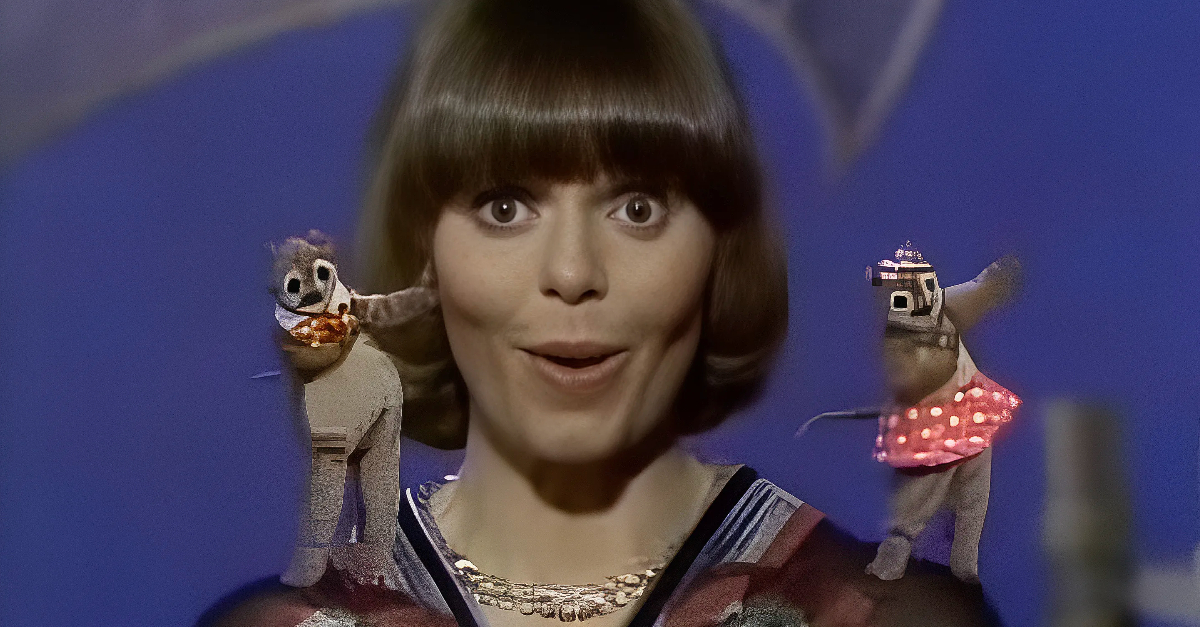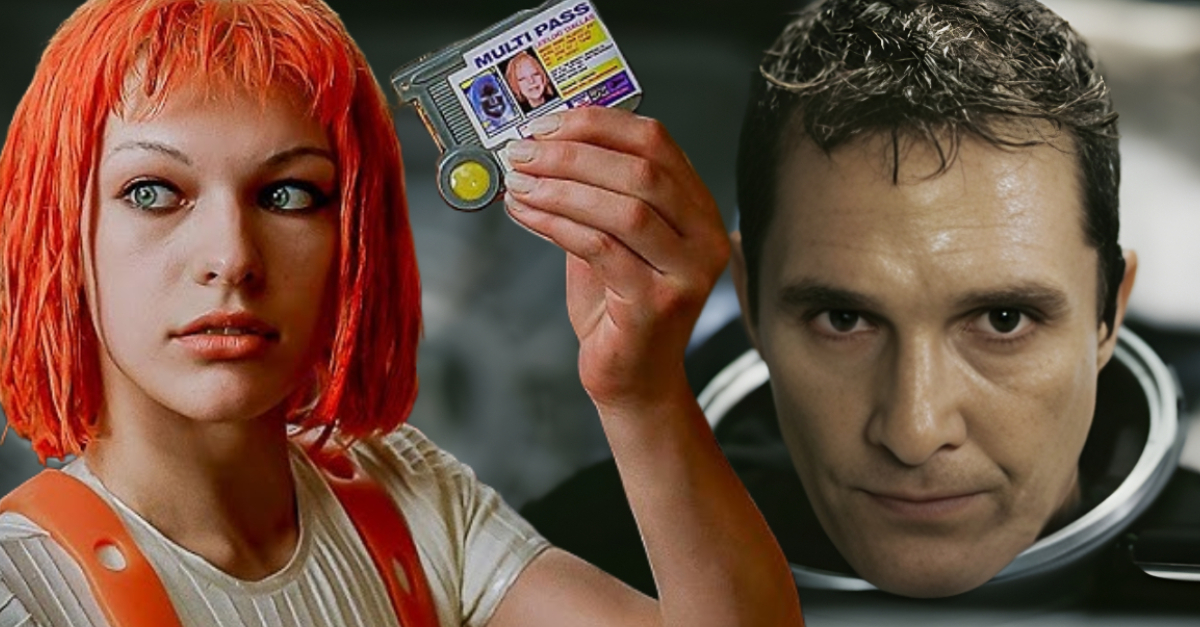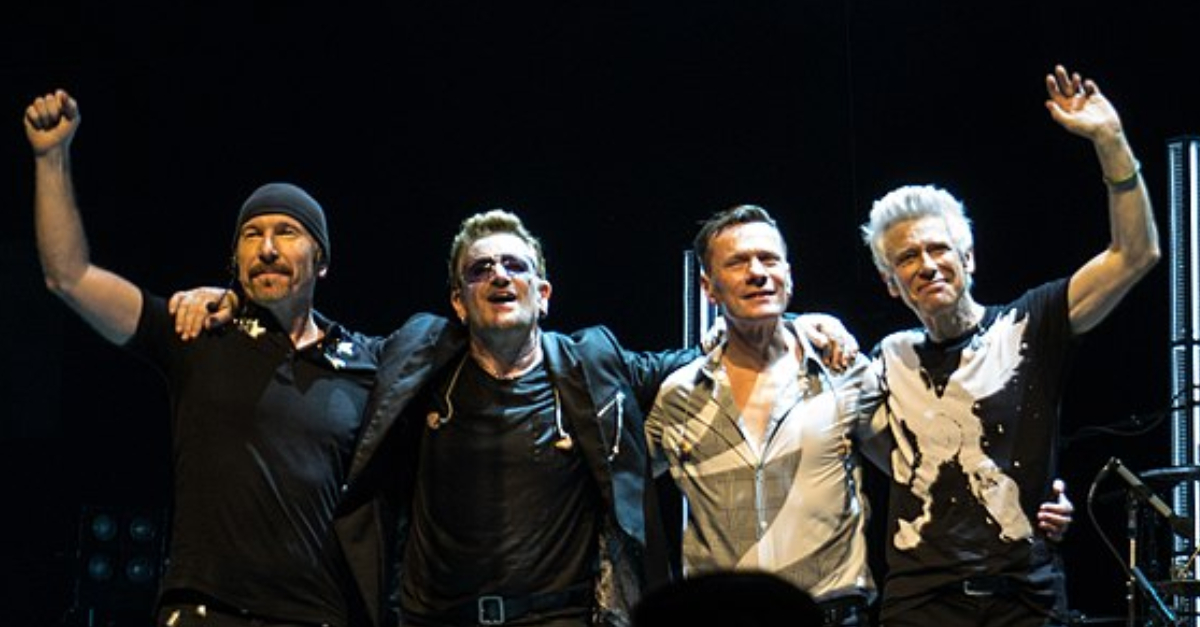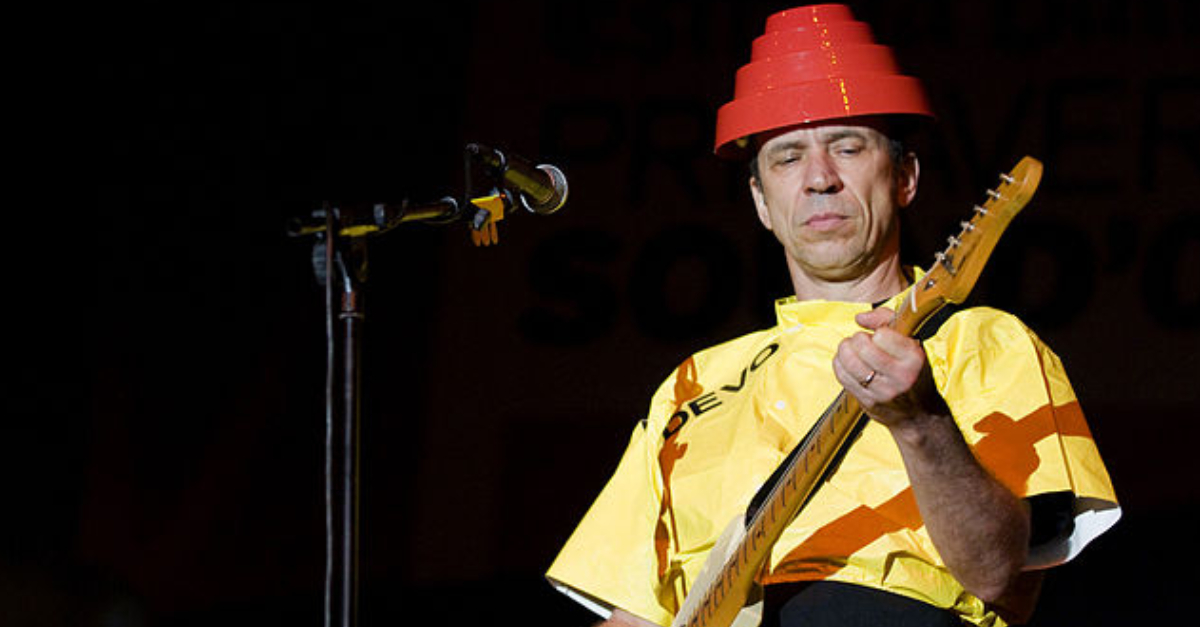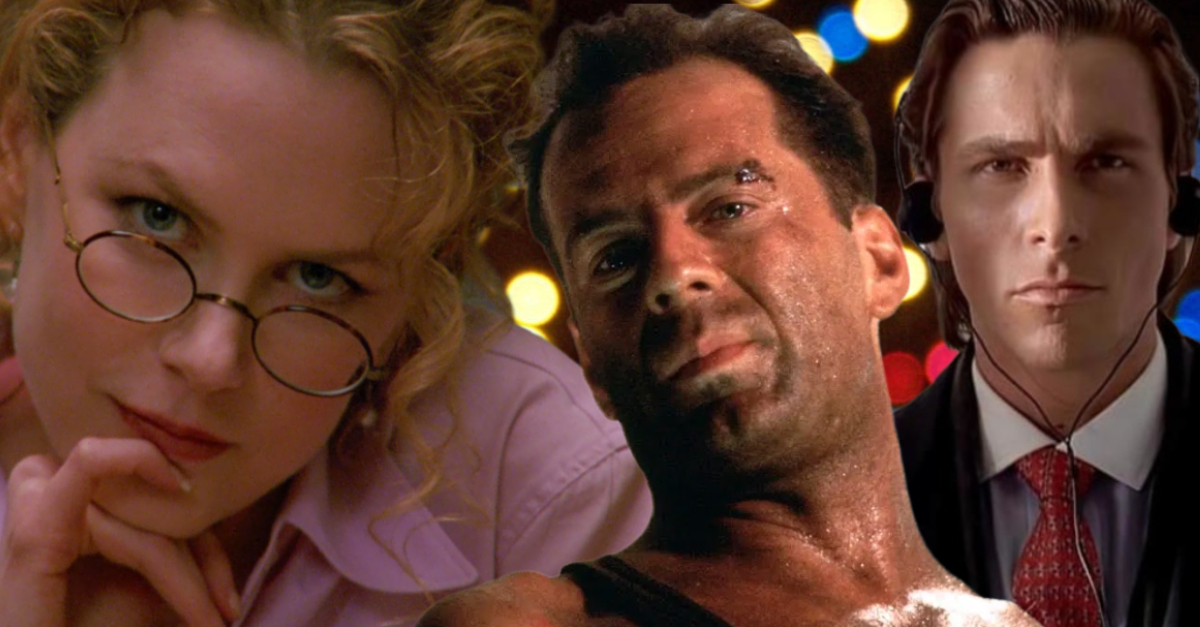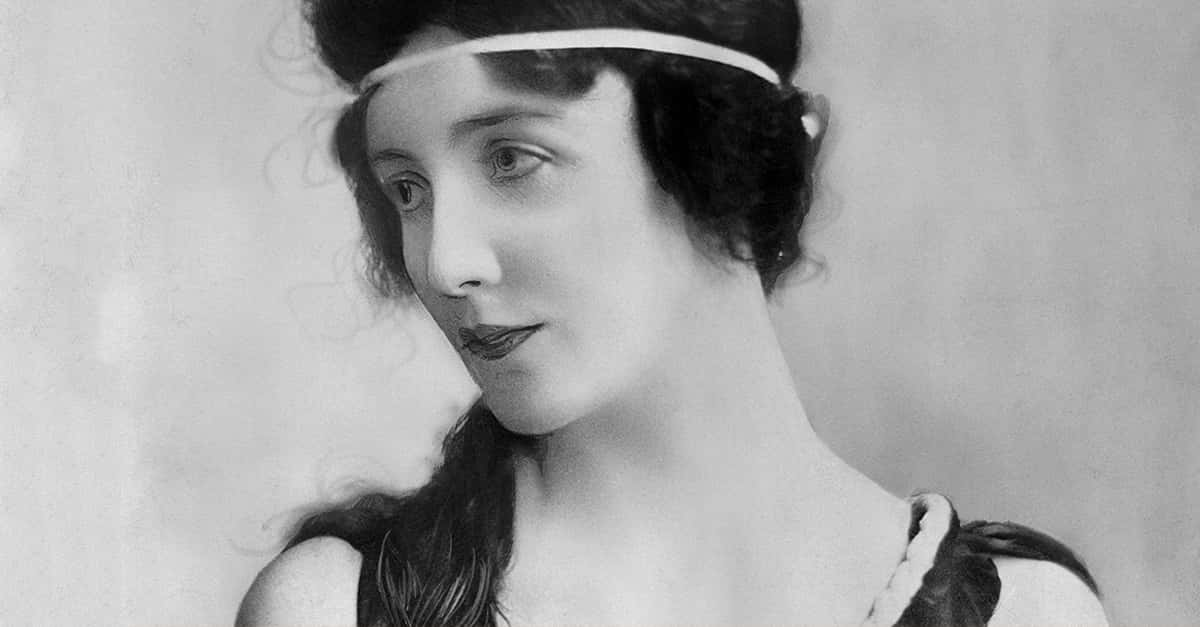A Sitcom That Feels Different Today
Time can turn even the funniest sitcoms into something unexpectedly revealing. To many, the harmless family chaos in Everybody Loves Raymond now looks sharper and even sadder, as the jokes hit differently and the family’s charm carries a bittersweet edge.
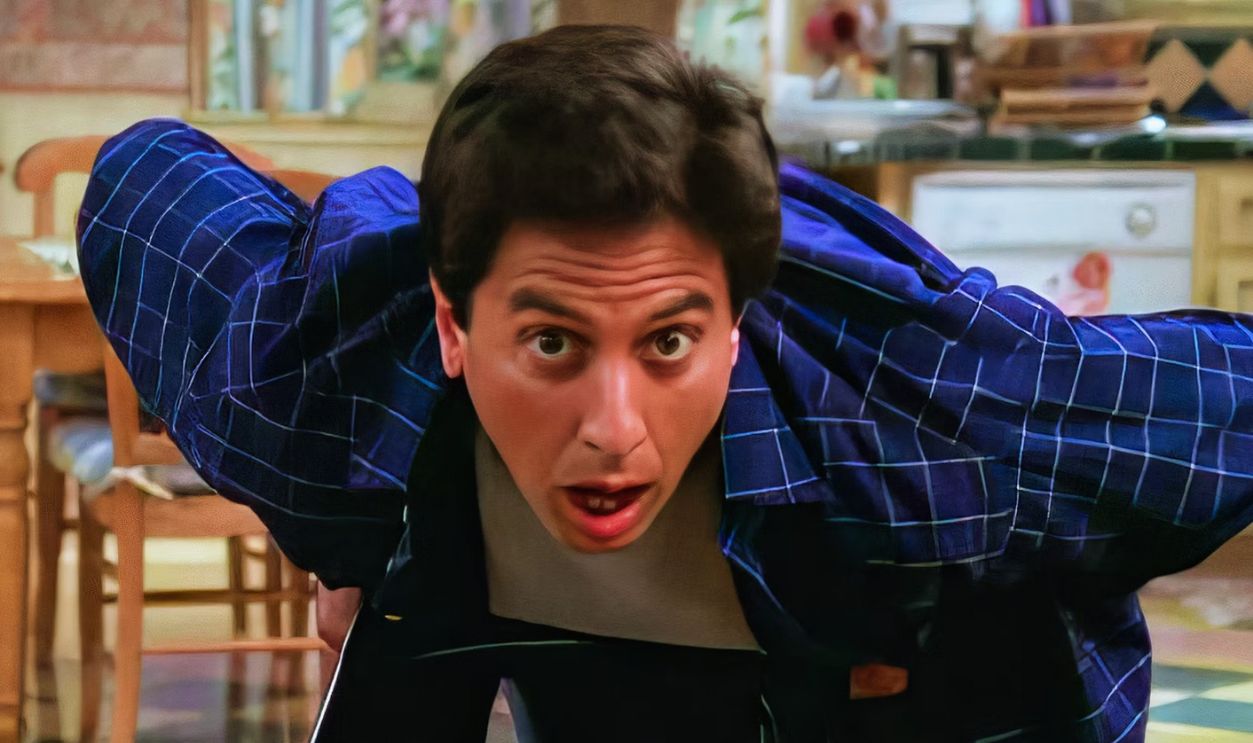
Too Much 1990s Energy To Hide
Everybody Loves Raymond radiates pure 1990s sitcom DNA: multi-camera setups, bright lighting, and the ever-present laugh track. While comforting for fans of the era, it can feel formulaic to younger audiences. The exaggerated tone reminds viewers just how much television comedy has evolved toward subtler, more cinematic storytelling.
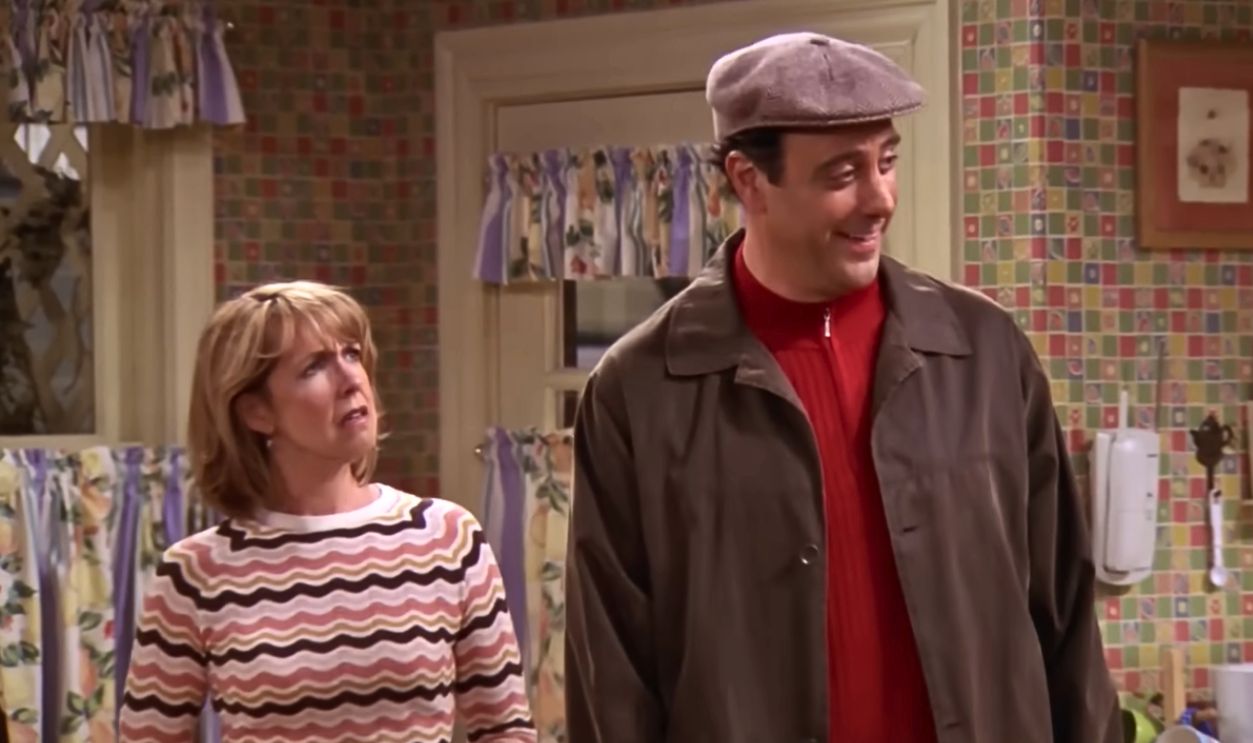 CBS Productions, Everybody Loves Raymond (1996–2005)
CBS Productions, Everybody Loves Raymond (1996–2005)
The Forgettable Theme Song
Back when catchy intros defined sitcom identity, Everybody Loves Raymond opened with a piano tune that barely registered. The sequence lacks melody or warmth, feeling more placeholder than personality. It’s surprising for such a beloved show and proof that even great comedies sometimes overlook the small details that help audiences instantly connect.
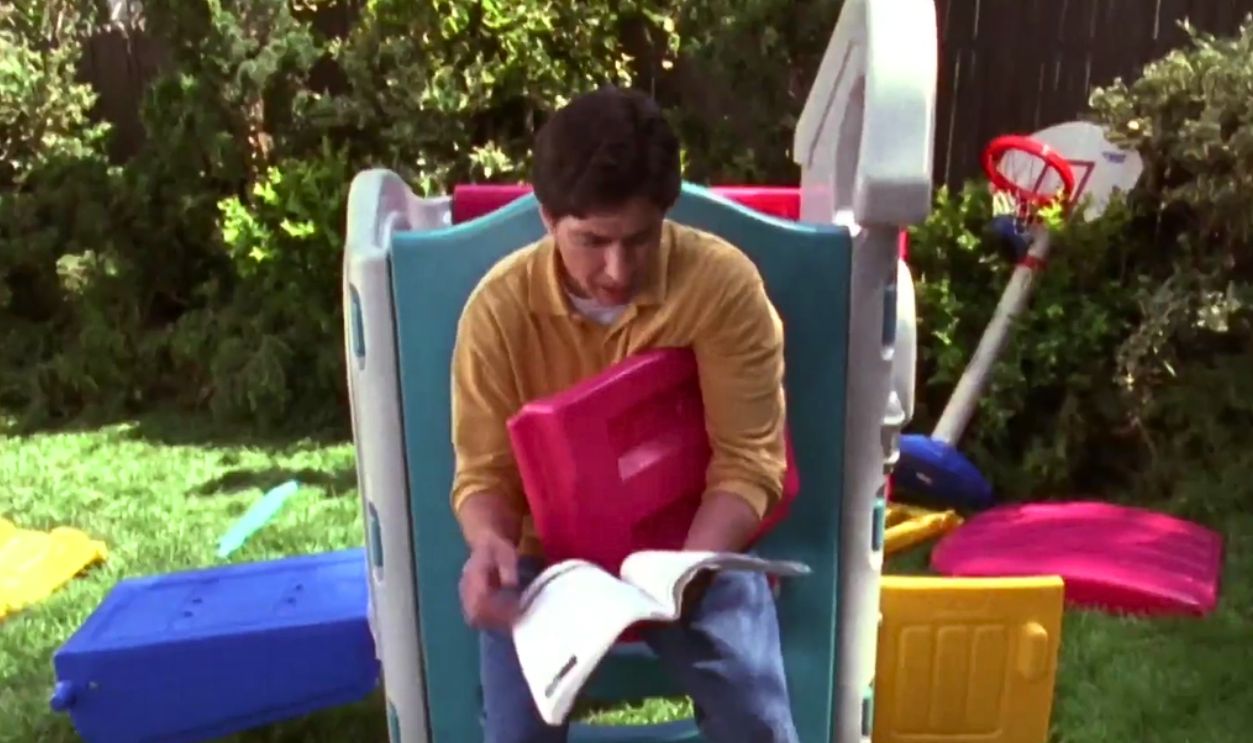 CBS Productions, Everybody Loves Raymond (1996–2005)
CBS Productions, Everybody Loves Raymond (1996–2005)
The Awkward Staging Of The Opening Sequence
That conveyor-belt-style introduction looked quirky in 1996, but on rewatch it feels clunky and oddly detached. Characters glide by as Ray awkwardly narrates, neither fully serious nor comedic. Instead of inviting viewers into the Barone household, the intro distances them.
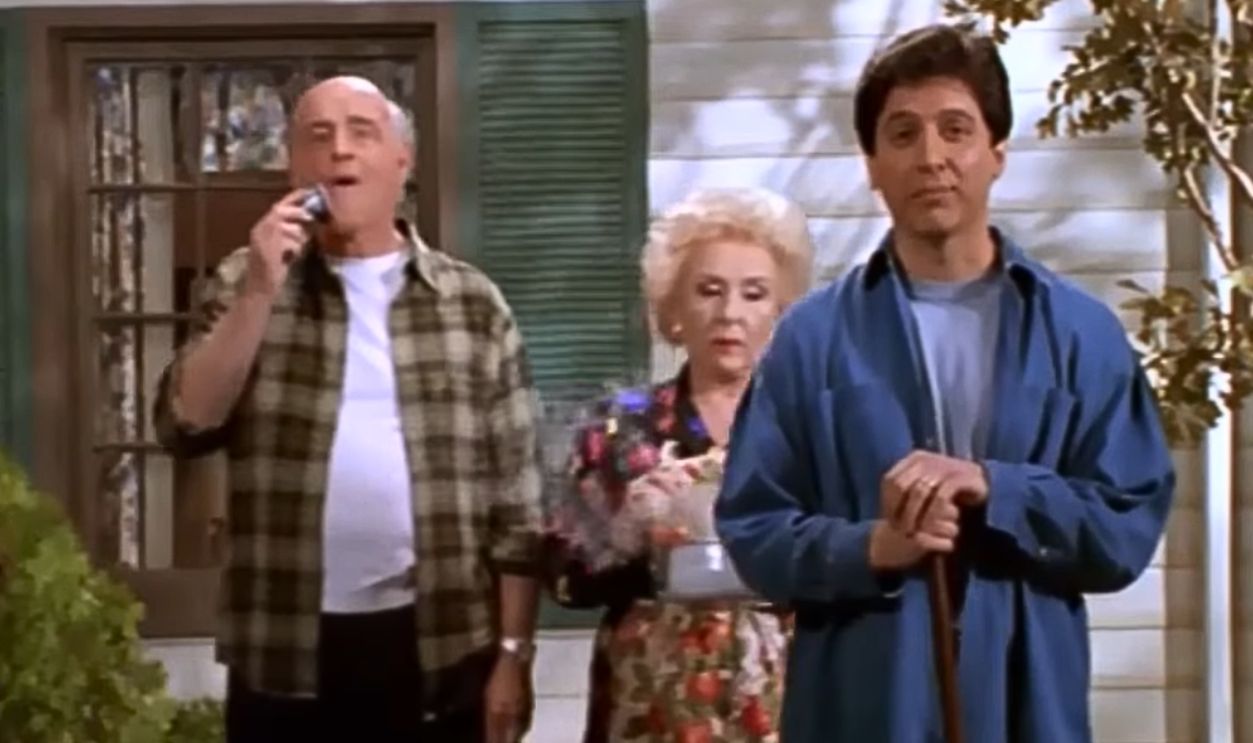 CBS Productions, Everybody Loves Raymond (1996–2005)
CBS Productions, Everybody Loves Raymond (1996–2005)
Too Many Scenes, Not Enough Settings
Most of the action takes place in the same few rooms—the kitchen, the living room, and Robert’s apartment. That limited backdrop once emphasized intimacy but now feels visually monotonous. Rewatching exposes how confined the show’s world was, compared with the more dynamic sets of newer comedies.
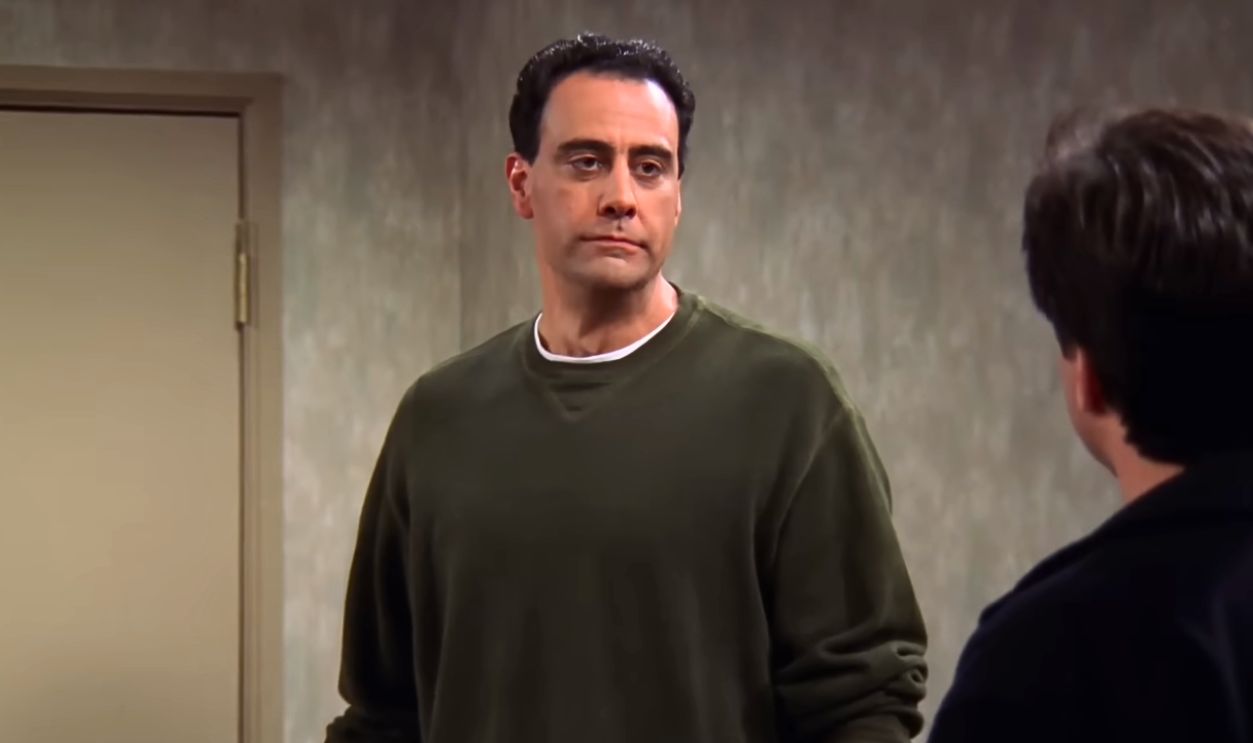 CBS Productions, Everybody Loves Raymond (1996–2005)
CBS Productions, Everybody Loves Raymond (1996–2005)
A Family Bubble With No Outside World
The Barones’ world feels unusually small on rewatch. Apart from brief cameos and Ray’s newsroom colleagues, cultural or racial diversity is virtually nonexistent. For a show about modern family life, its narrow focus stands out sharply against the richer, more inclusive storytelling viewers now expect.
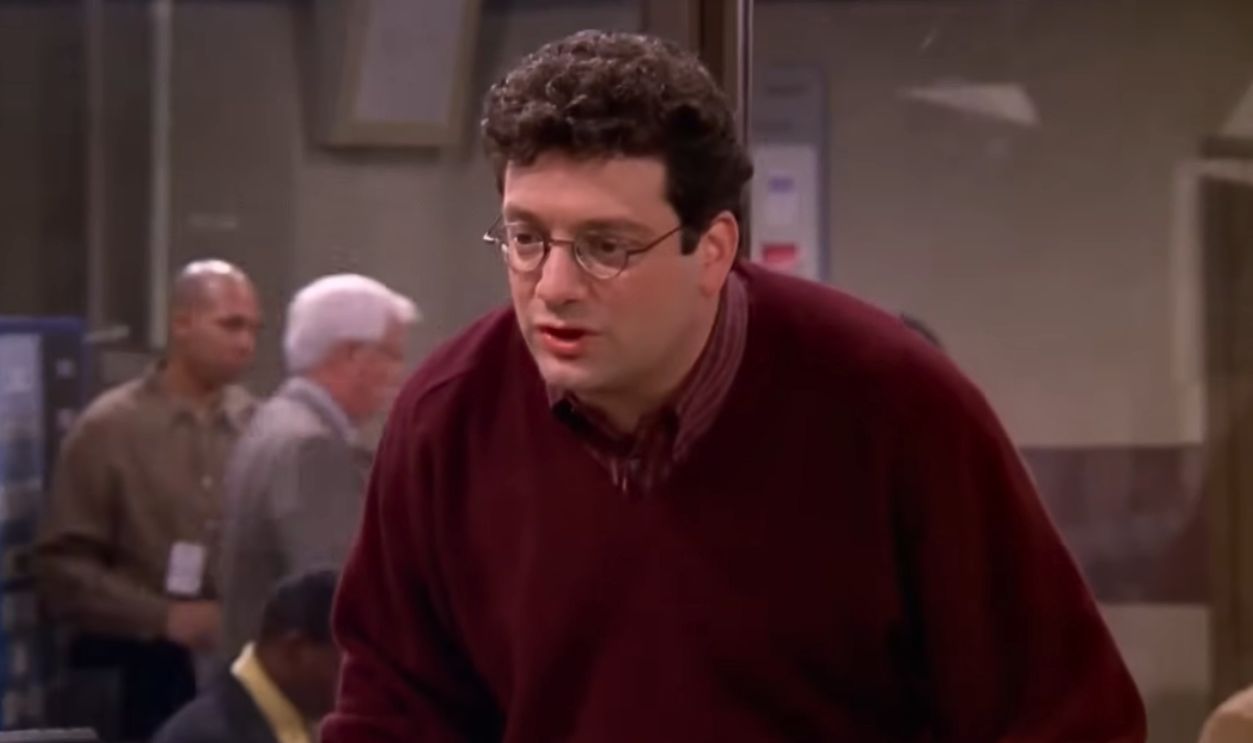 CBS Productions, Everybody Loves Raymond (1996–2005)
CBS Productions, Everybody Loves Raymond (1996–2005)
The Dream Job That Doesn’t Age Well
Ray’s gig as a sports columnist once seemed ordinary, but rewatching it today paints it as enviable. Working from home, covering games, and earning a steady paycheck sounds idyllic in the 2020s economy. His constant complaints now feel oddly out of touch.
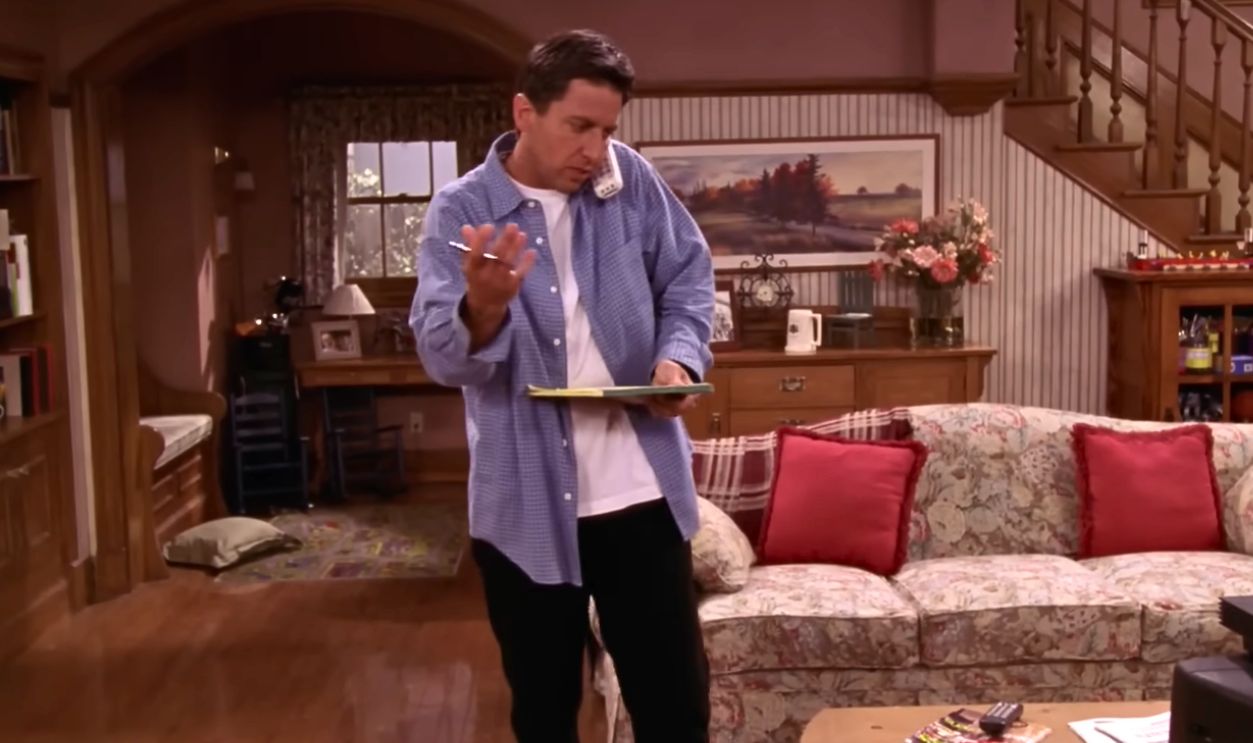 CBS Productions, Everybody Loves Raymond (1996–2005)
CBS Productions, Everybody Loves Raymond (1996–2005)
Ray Romano’s Career Plateau
The series highlights just how commanding Ray Romano’s performance was—warm, self-deprecating, and grounded. Yet his career after the finale never matched the show’s impact. Apart from Ice Age and a few acclaimed dramas, his visibility dipped, which shows how typecasting can quietly limit even the most naturally charismatic sitcom stars.
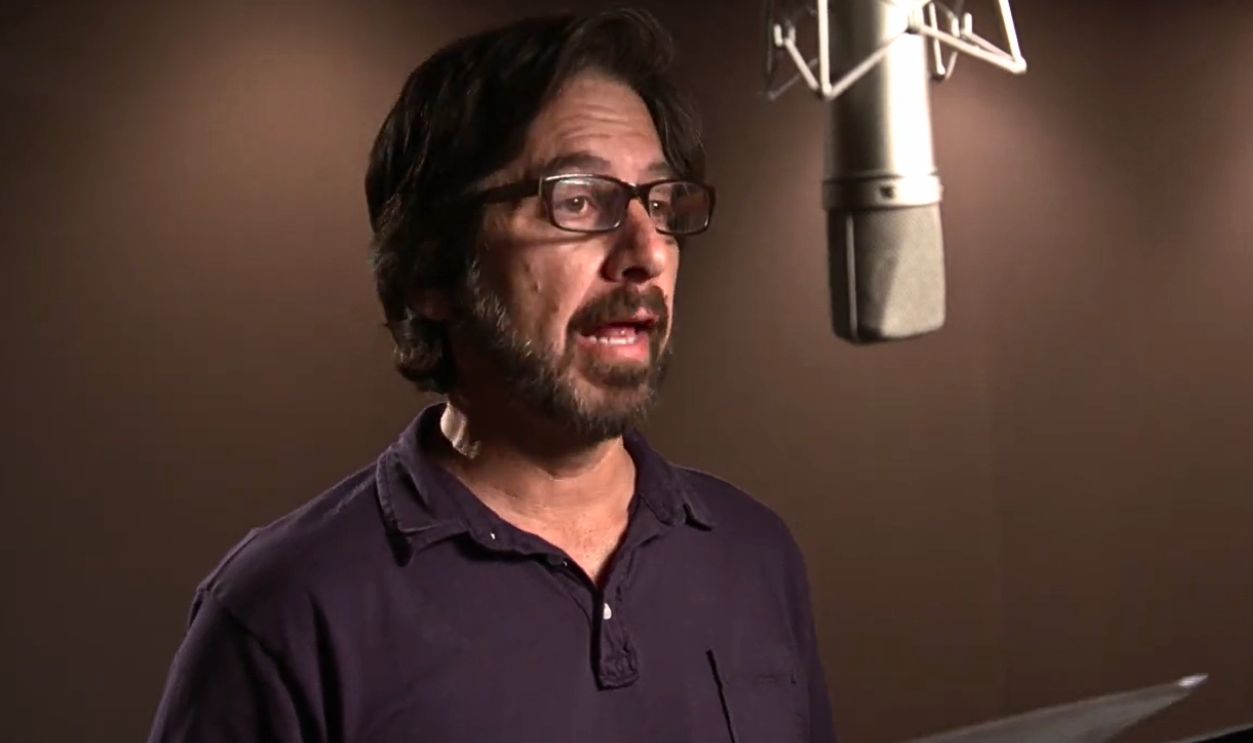 20th Century Studios, Ice Age (2002)
20th Century Studios, Ice Age (2002)
The In-Laws Were Actually A Blessing
In the 1990s, the running gag of Ray and Debra living next to his parents symbolized suffocating family proximity. Decades later, it feels more like a fantasy. With modern childcare costs soaring, having grandparents across the driveway seems like paradise. This ironic twist shows how times and family logistics have changed.
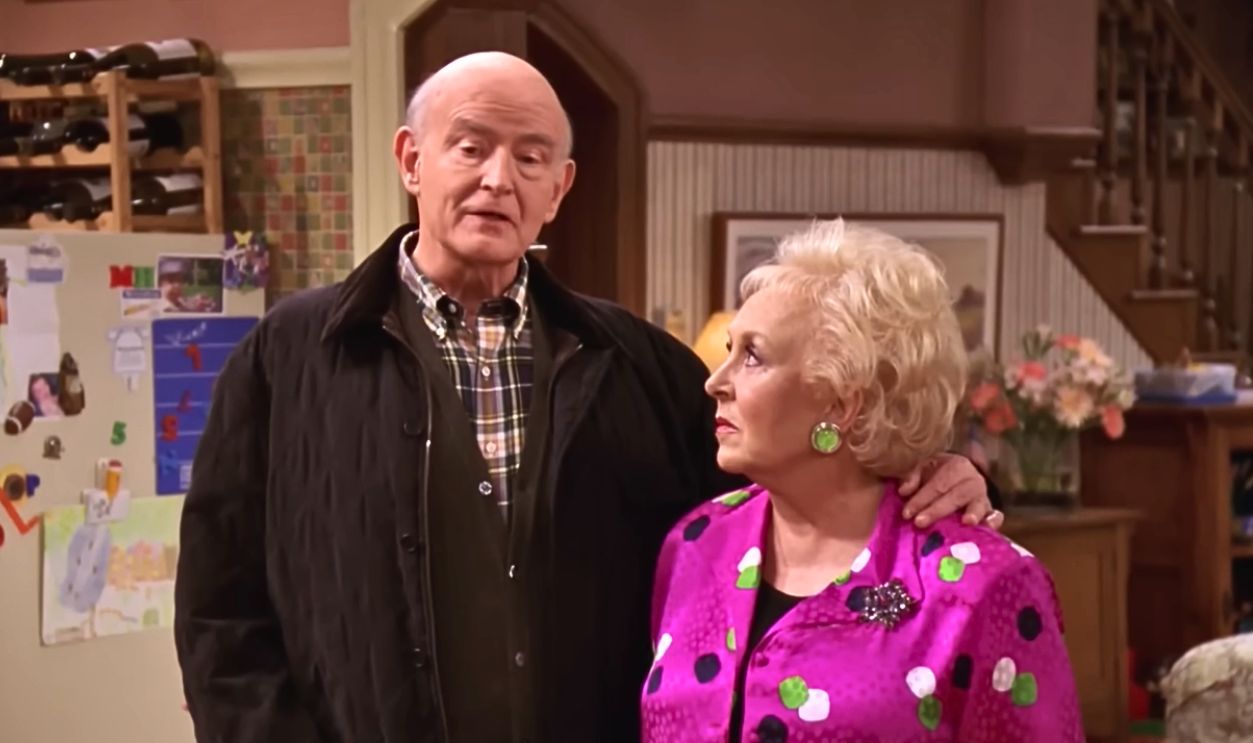 CBS Productions, Everybody Loves Raymond (1996–2005)
CBS Productions, Everybody Loves Raymond (1996–2005)
Robert’s Late-Series Yelling Problem
Robert Barone’s quiet gloom once made him the show’s most relatable character. His mumbled insecurities softened the chaos around him. Yet in the final season, that subtlety vanished and was replaced by constant shouting. Somehow, this character tweak diluted what made his role unforgettable.
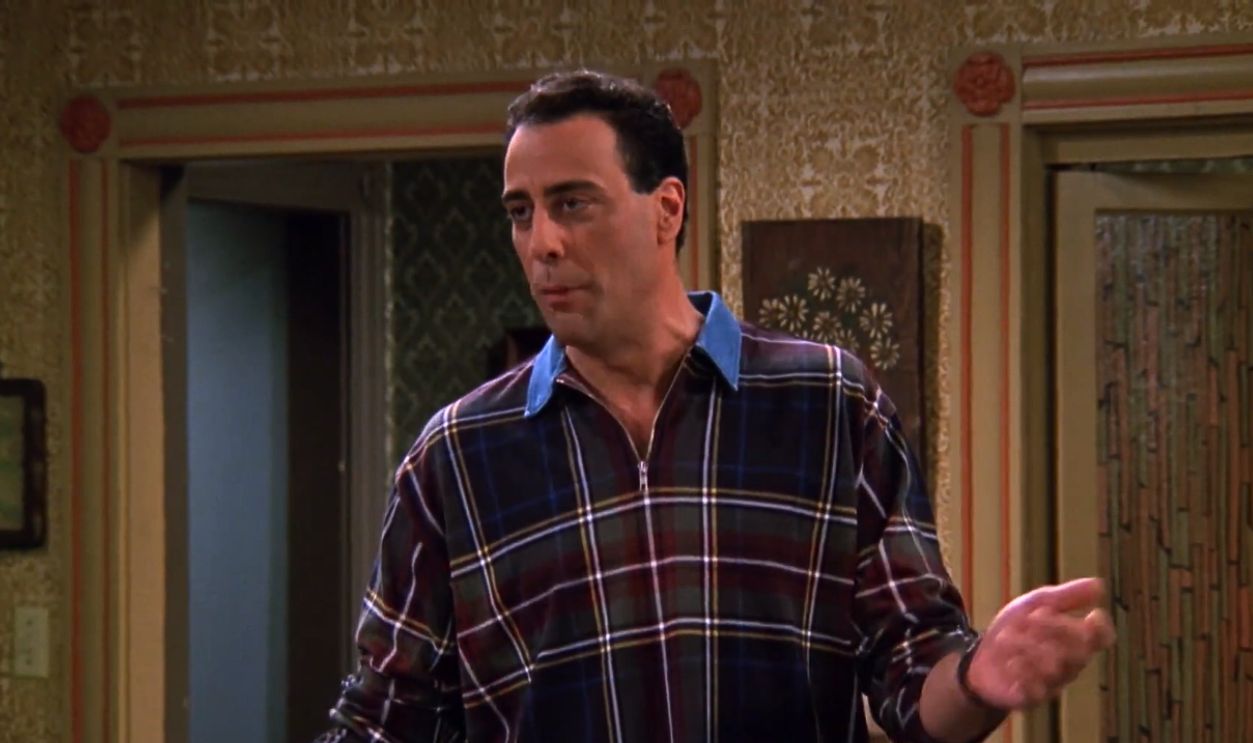 CBS Productions, Everybody Loves Raymond (1996–2005)
CBS Productions, Everybody Loves Raymond (1996–2005)
Debra’s Career Quietly Disappears
Early on, Debra is portrayed as sharp and independent, yet her professional life fades completely as seasons progress. The disappearance of her career subtly reinforces old-fashioned domestic ideals. Modern viewers can’t help but notice how the show sidelines her ambitions.
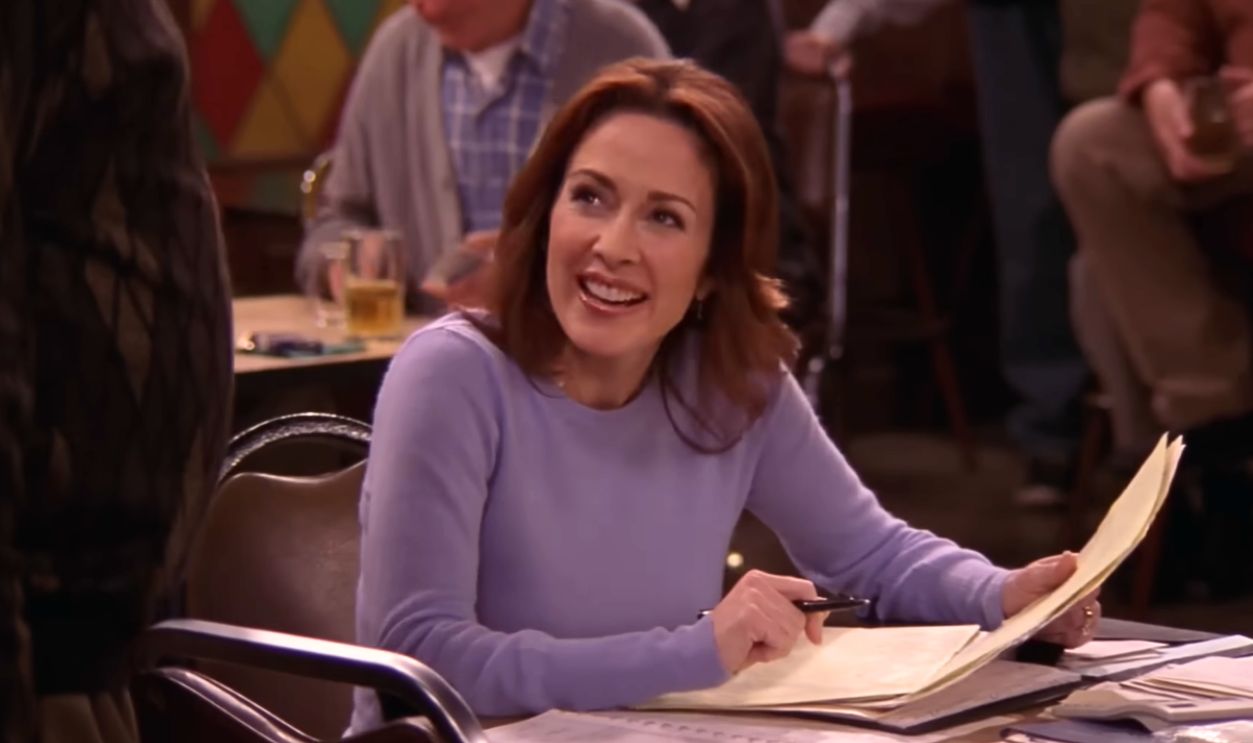 CBS Productions, Everybody Loves Raymond (1996–2005)
CBS Productions, Everybody Loves Raymond (1996–2005)
The Mystery Of The Missing Dining Table
Once you notice it, you can’t unsee it: the Barone family never seems to have a real dining room table. Every meal happens in a cramped kitchen corner despite their spacious home. It’s a strange design choice that makes fans quietly question the realism of this suburban sitcom household.
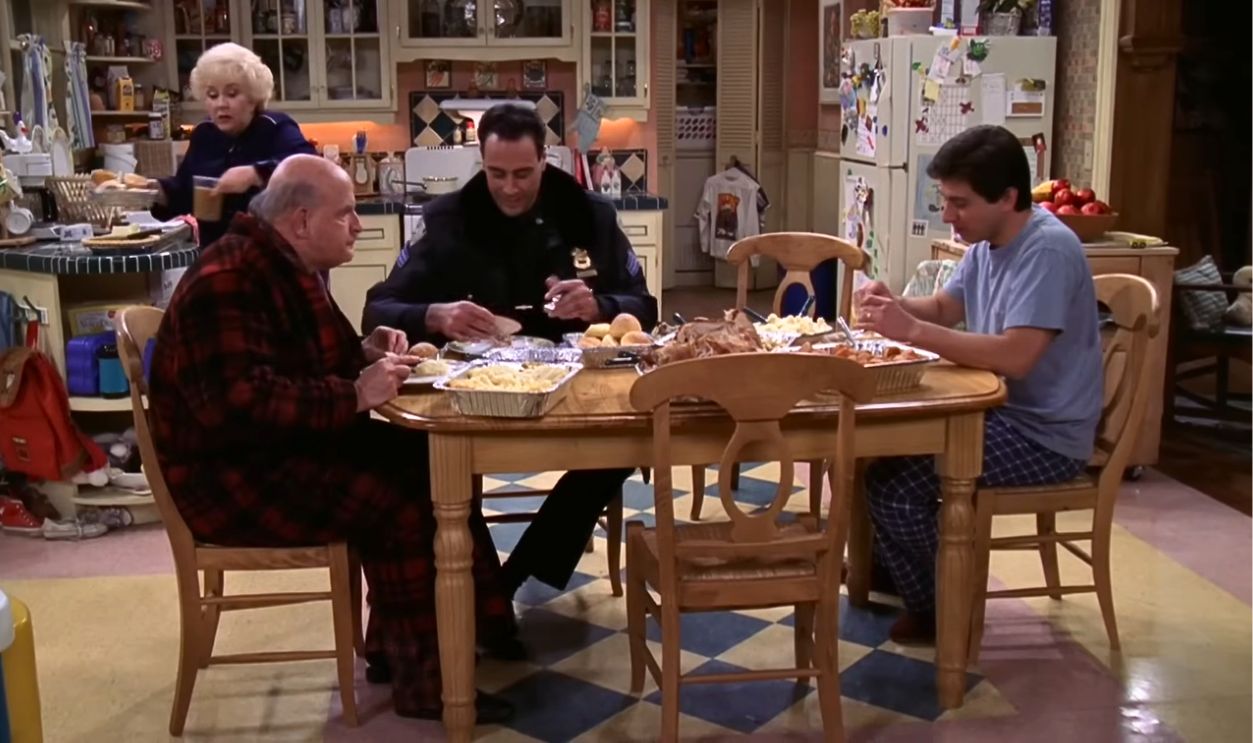 CBS Productions, Everybody Loves Raymond (1996–2005)
CBS Productions, Everybody Loves Raymond (1996–2005)
Why Doesn’t Debra Have Any Friends?
Debra Barone stands out as one of television’s most capable and intelligent sitcom wives. Yet she’s curiously isolated. Beyond Amy and a brief mention of other acquaintances, her social circle barely exists. That absence feels unrealistic today, robbing her of the depth and support modern audiences expect.
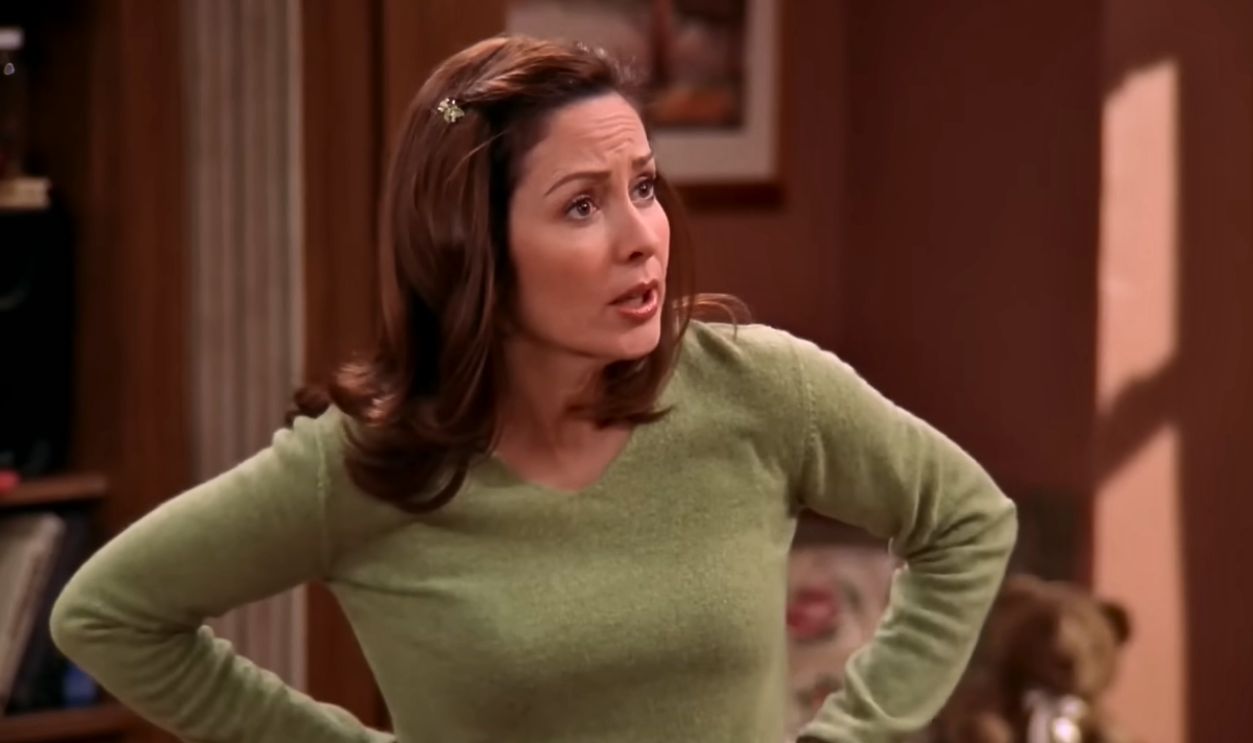 CBS Productions, Everybody Loves Raymond (1996–2005)
CBS Productions, Everybody Loves Raymond (1996–2005)
Binge-Watching Breaks The Magic
Originally aired weekly, Everybody Loves Raymond thrived on the distance between episodes. Streaming changes that rhythm. Watching the Barones argue nonstop turns once-charming quirks into exhaustion as their dysfunction feels heavier in bulk.
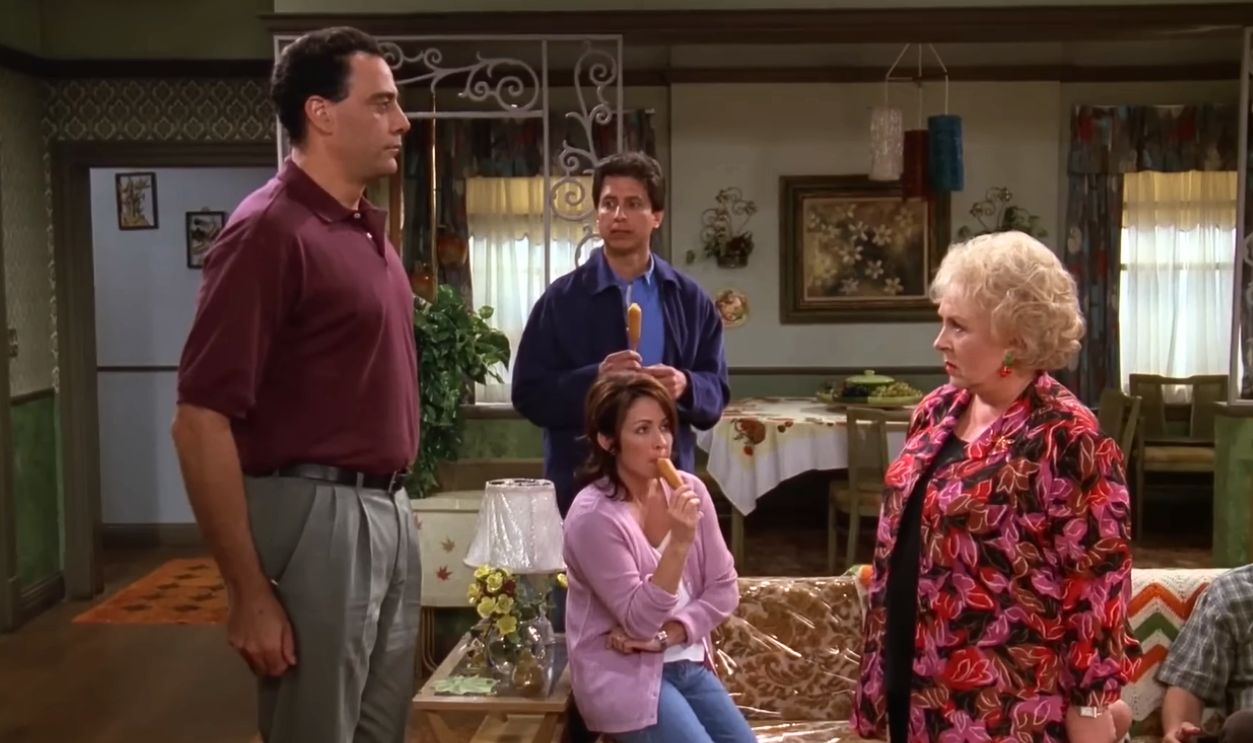 CBS Productions, Everybody Loves Raymond (1996–2005)
CBS Productions, Everybody Loves Raymond (1996–2005)
The Laugh Track That Overstays Its Welcome
Back in the 1990s, laugh tracks guided audiences through every punchline. Today, they feel intrusive. Everybody Loves Raymond’s constant canned laughter now competes with the show’s wit instead of enhancing it. Modern comedies trust viewers more to decide when something’s genuinely funny.
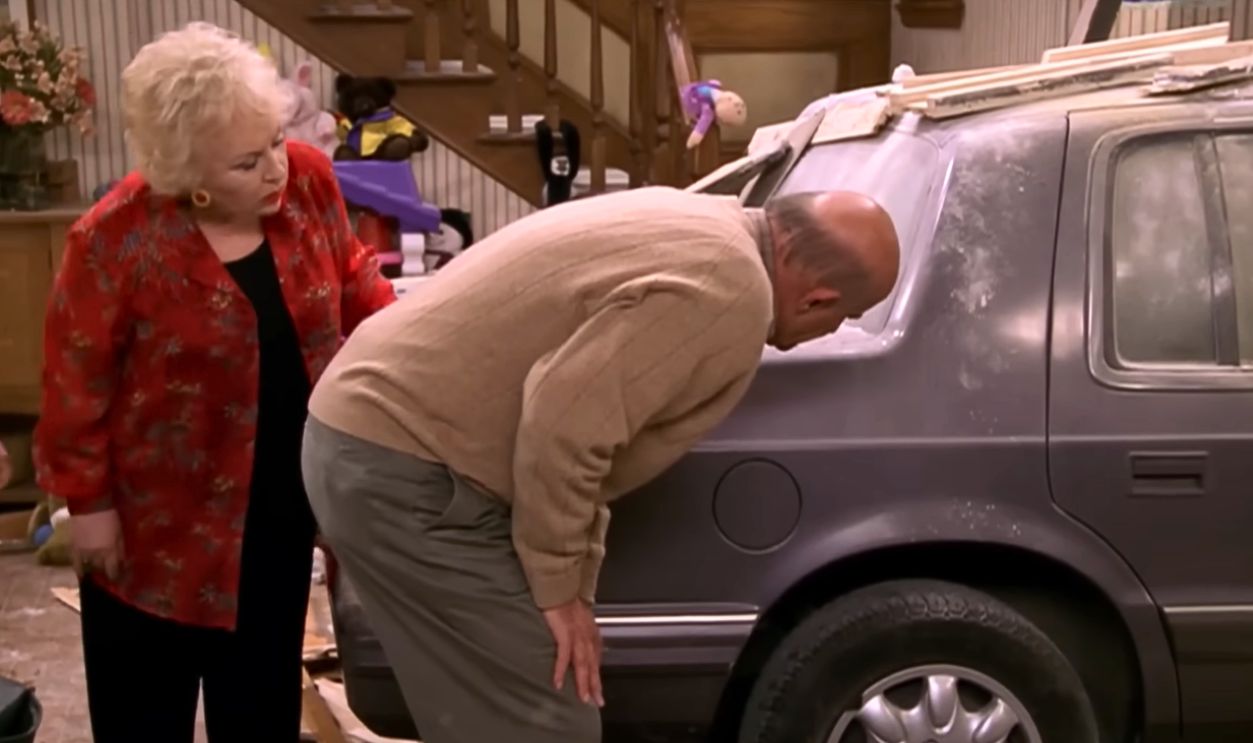 CBS Productions, Everybody Loves Raymond (1996–2005)
CBS Productions, Everybody Loves Raymond (1996–2005)
Gender Roles That Hit Harder Now
Time has made the Barone marriage look more unbalanced than endearing. Debra juggles housework, child care, and emotional management while Ray drifts through irresponsibility played for laughs. This harmless exaggeration now lands closer to social commentary on how undervalued women’s invisible work has always been.
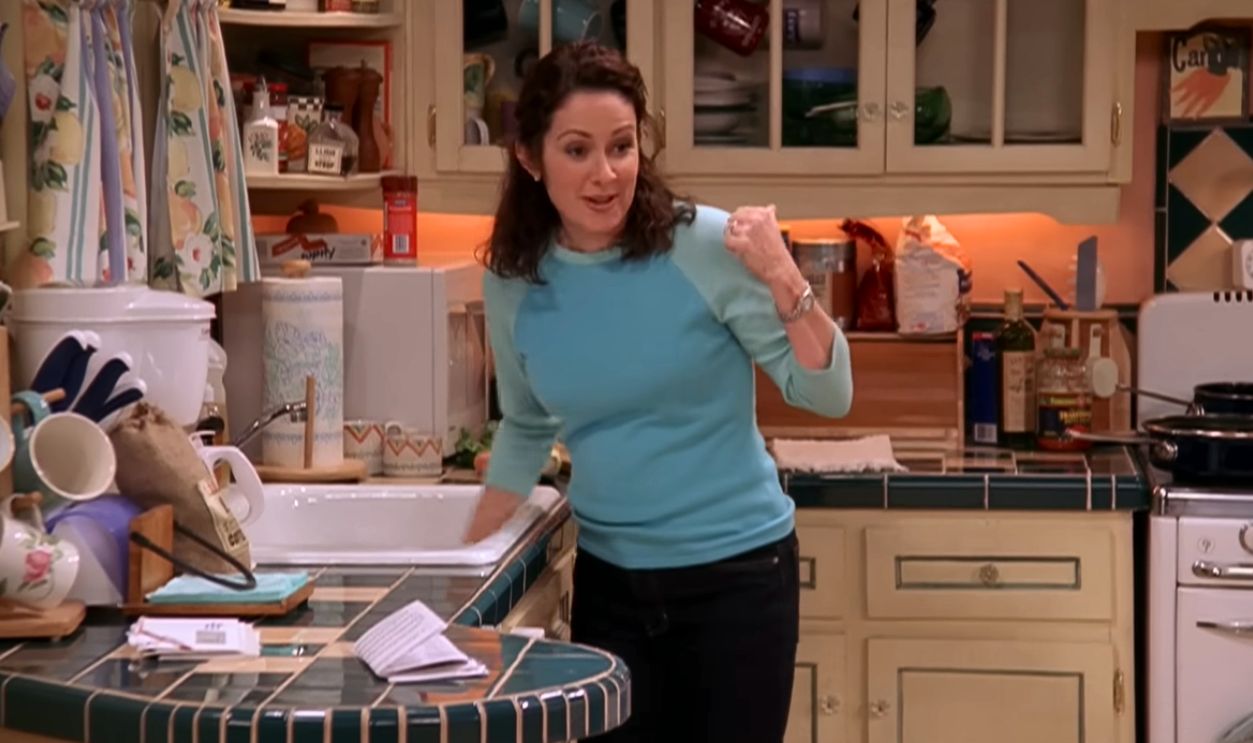 CBS Productions, Everybody Loves Raymond (1996–2005)
CBS Productions, Everybody Loves Raymond (1996–2005)
When “Family Banter” Feels Like Bullying
Teasing was the Barones’ love language, but modern eyes notice how cutting it could be. Snide remarks and dismissive jokes occasionally blur into emotional cruelty. The humor still works, yet it exposes how older sitcoms often mined tension where today’s shows might show empathy instead.
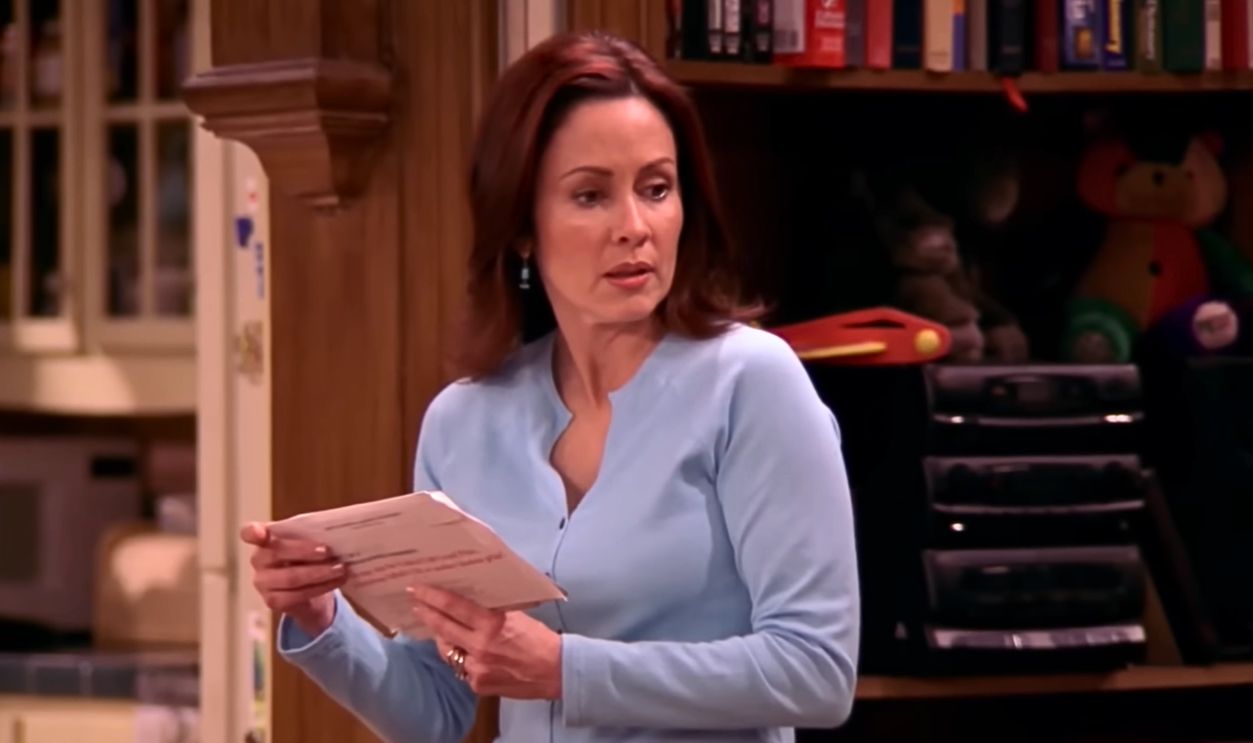 CBS Productions, Everybody Loves Raymond (1996–2005)
CBS Productions, Everybody Loves Raymond (1996–2005)
Parenting Double Standards That Stand Out
Ray earns praise for the bare minimum—changing a diaper or showing up to school events—while Debra’s nonstop efforts rarely get recognition. The imbalance feels striking now, revealing how 1990s sitcoms normalized unequal parenting roles.
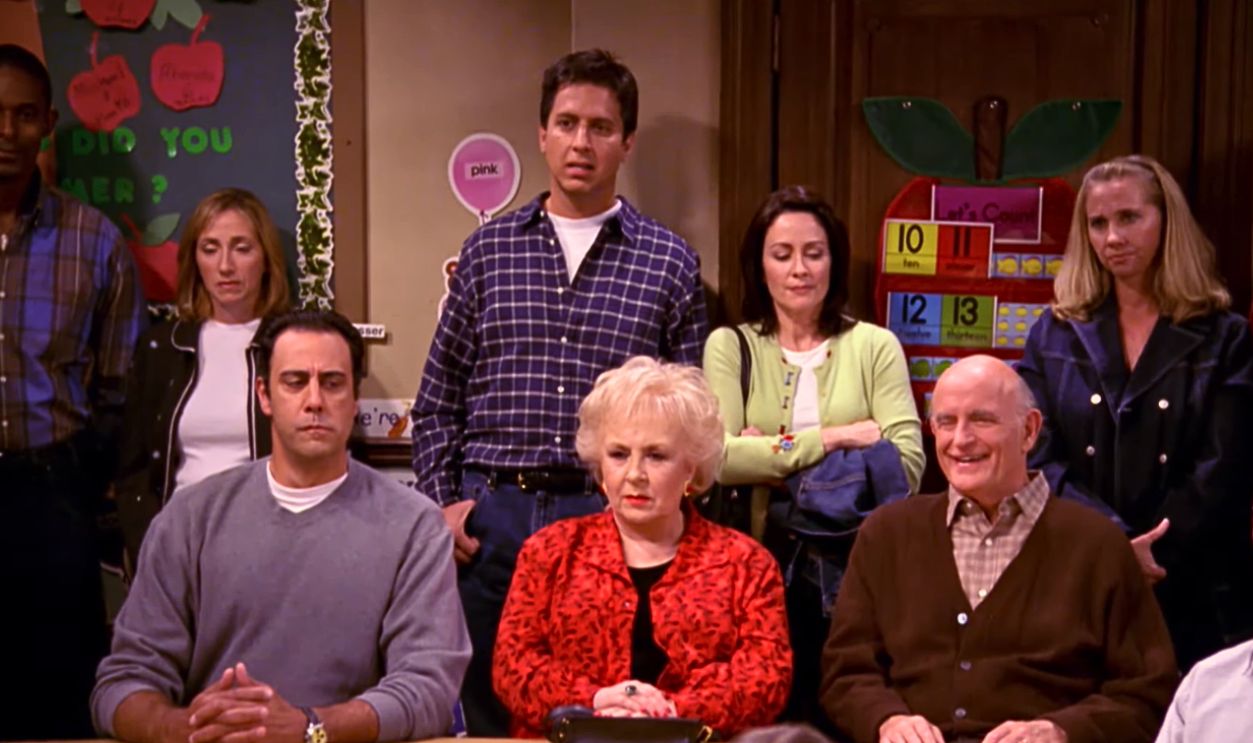 CBS Productions, Everybody Loves Raymond (1996–2005)
CBS Productions, Everybody Loves Raymond (1996–2005)
Marie’s Love Comes With Conditions
Marie Barone’s meddling once played as classic overprotective-mother humor. Today, her passive-aggressive control feels uncomfortably manipulative. The constant criticism of Debra and her interference in her sons’ lives blur the line between caring and controlling.
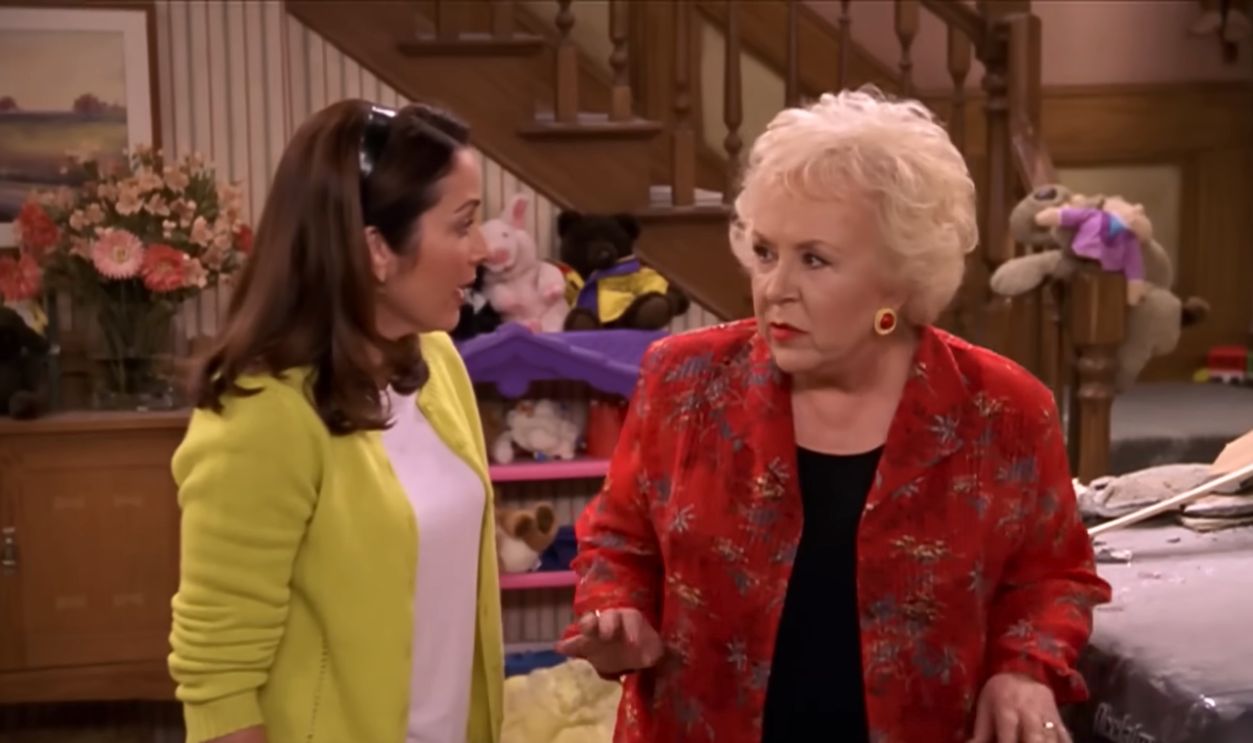 CBS Productions, Everybody Loves Raymond (1996–2005)
CBS Productions, Everybody Loves Raymond (1996–2005)
Frank’s Jokes Don’t Always Land Anymore
Frank’s blunt one-liners once defined sitcom dad humor, but rewatching reveals their rough edges. His politically incorrect quips and gender-based sarcasm feel dated in a more socially aware era. Still, Peter Boyle’s timing keeps them oddly magnetic.
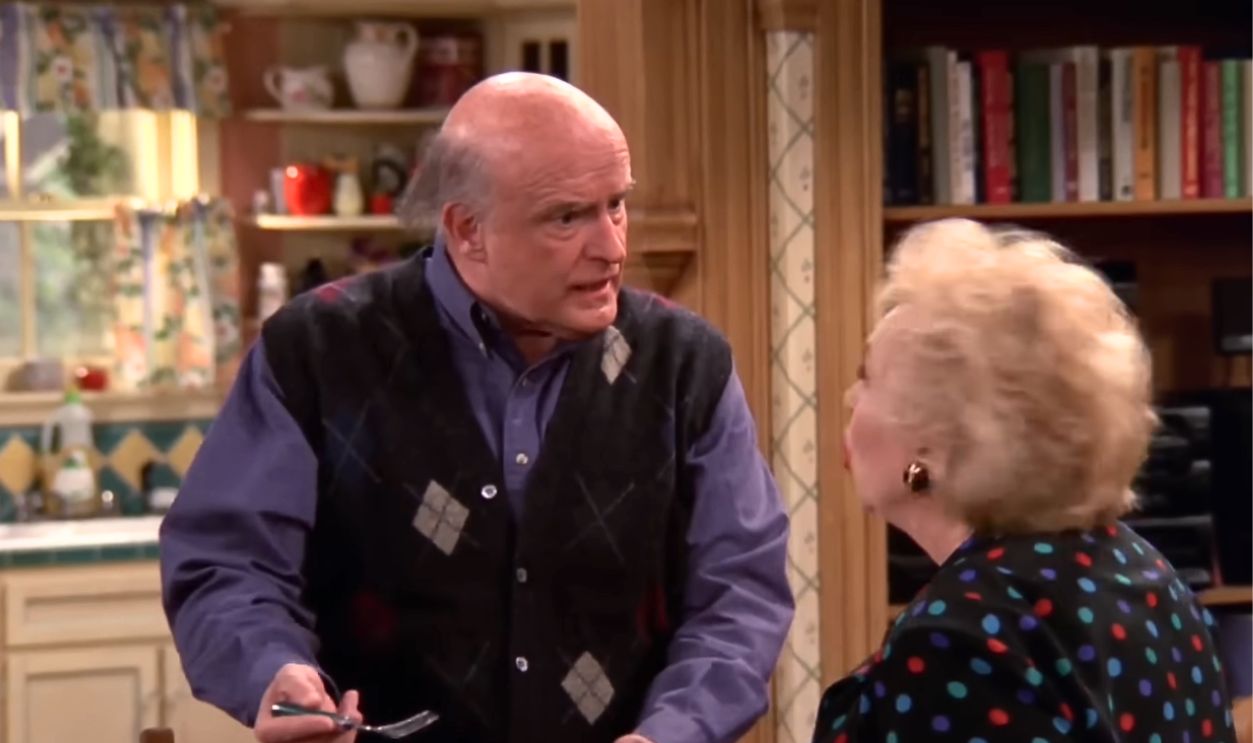 CBS Productions, Everybody Loves Raymond (1996–2005)
CBS Productions, Everybody Loves Raymond (1996–2005)
Predictable Problems, Familiar Punchlines
The show’s structure rarely strays from its proven rhythm: Ray lies, Debra finds out, chaos follows, then everything resets. It’s comforting yet repetitive. Over multiple seasons, that predictability dulls the tension. This highlights how sitcoms of the era prioritized formula over long-term emotional progression or meaningful character change.
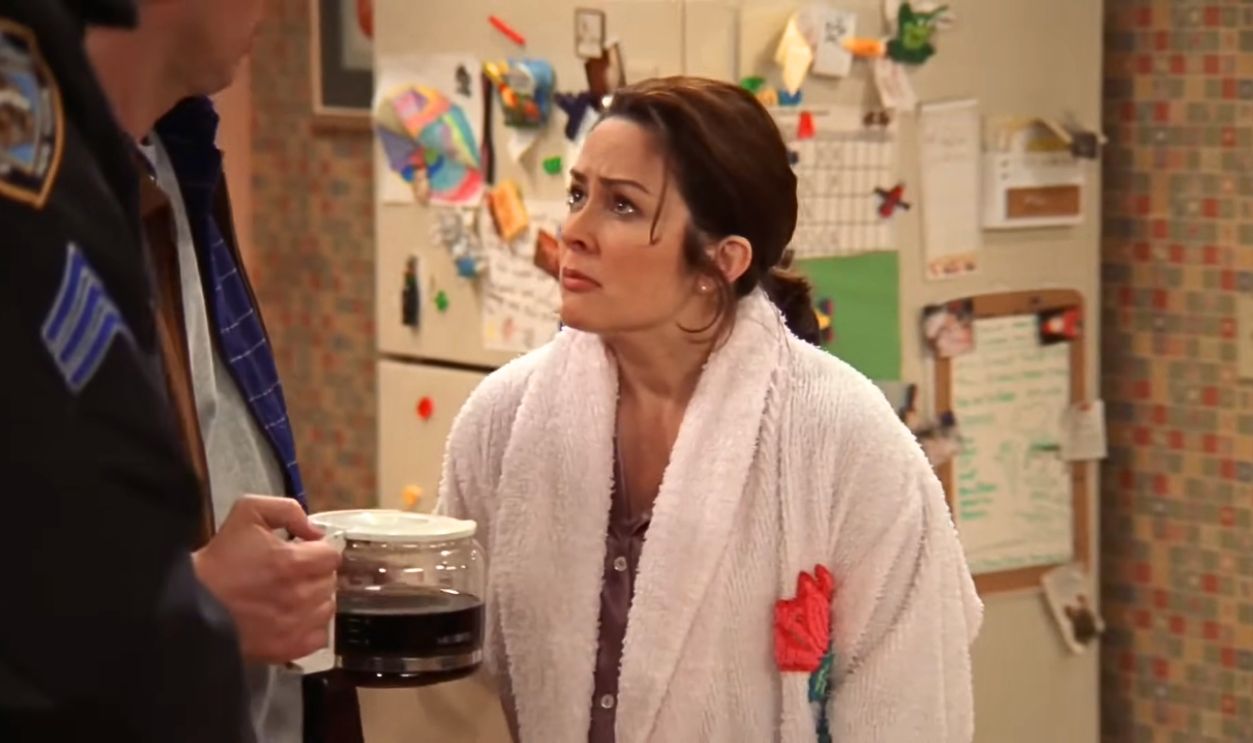 CBS Productions, Everybody Loves Raymond (1996–2005)
CBS Productions, Everybody Loves Raymond (1996–2005)
Anxiety Hiding In Plain Sight
Rewatching exposes emotional layers viewers once missed. Robert’s gloomy humor and Debra’s constant frustration resemble real anxiety and burnout, not just sitcom exaggeration. Though unintentional, these portrayals humanize the characters, giving audiences a surprisingly authentic glimpse of how stress quietly shapes family dynamics behind closed doors.
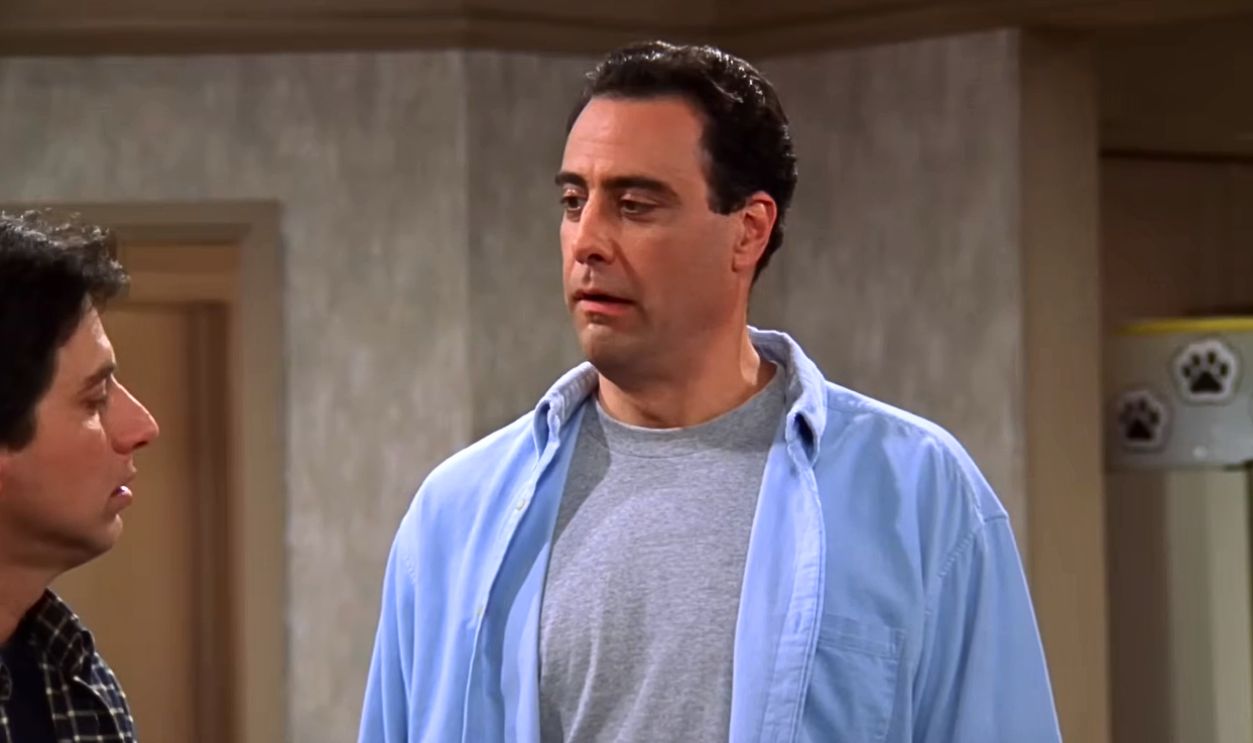 CBS Productions, Everybody Loves Raymond (1996–2005)
CBS Productions, Everybody Loves Raymond (1996–2005)
Nostalgia With A Touch Of Sadness
Seeing the late Doris Roberts and Peter Boyle infuse every scene with warmth reminds viewers how much heart the show had. Their absence adds poignancy, turning laughter into something bittersweet in a reminder that even timeless sitcoms can’t escape time itself.
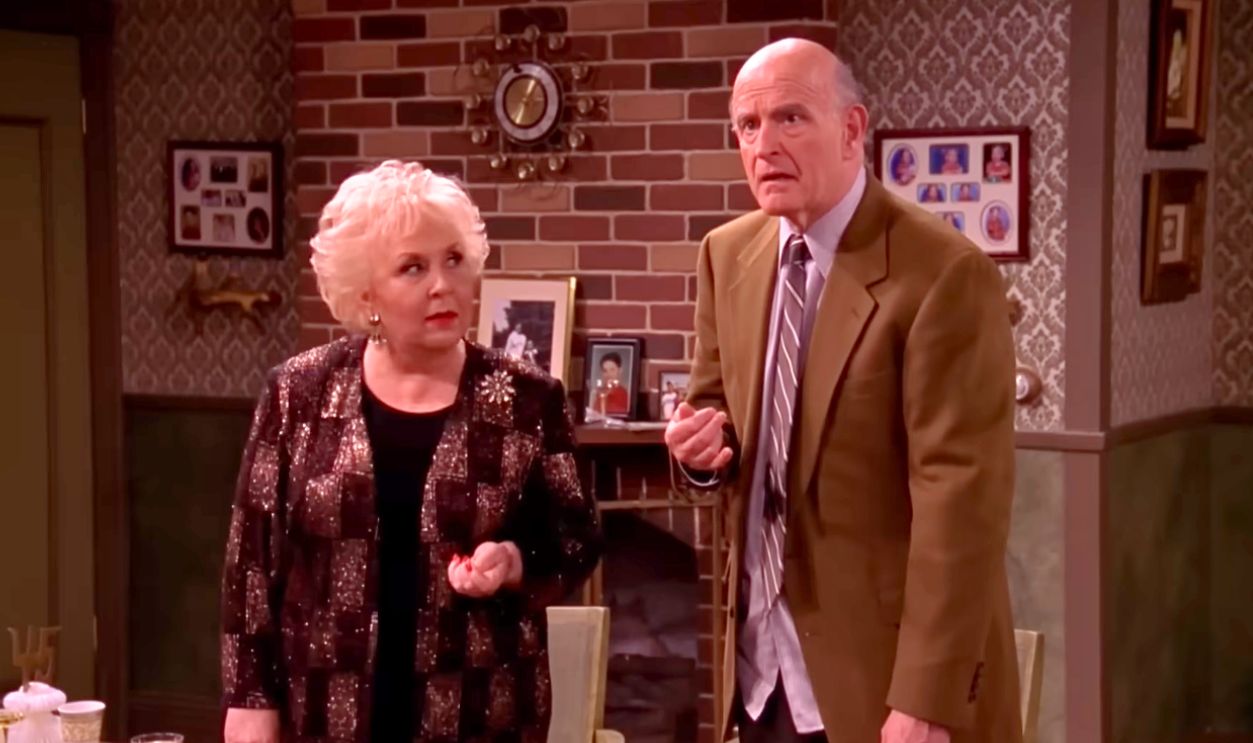 CBS Productions, Everybody Loves Raymond (1996–2005)
CBS Productions, Everybody Loves Raymond (1996–2005)
Comfort That Comes With Compromise
The show’s easy rhythm, familiar sets, and cozy family chaos still feel like comfort food. Yet the same traits that make it soothing also limit it. Familiarity borders on stagnation, which proves that nostalgia and repetition can coexist—sometimes beautifully, sometimes at the expense of real freshness.
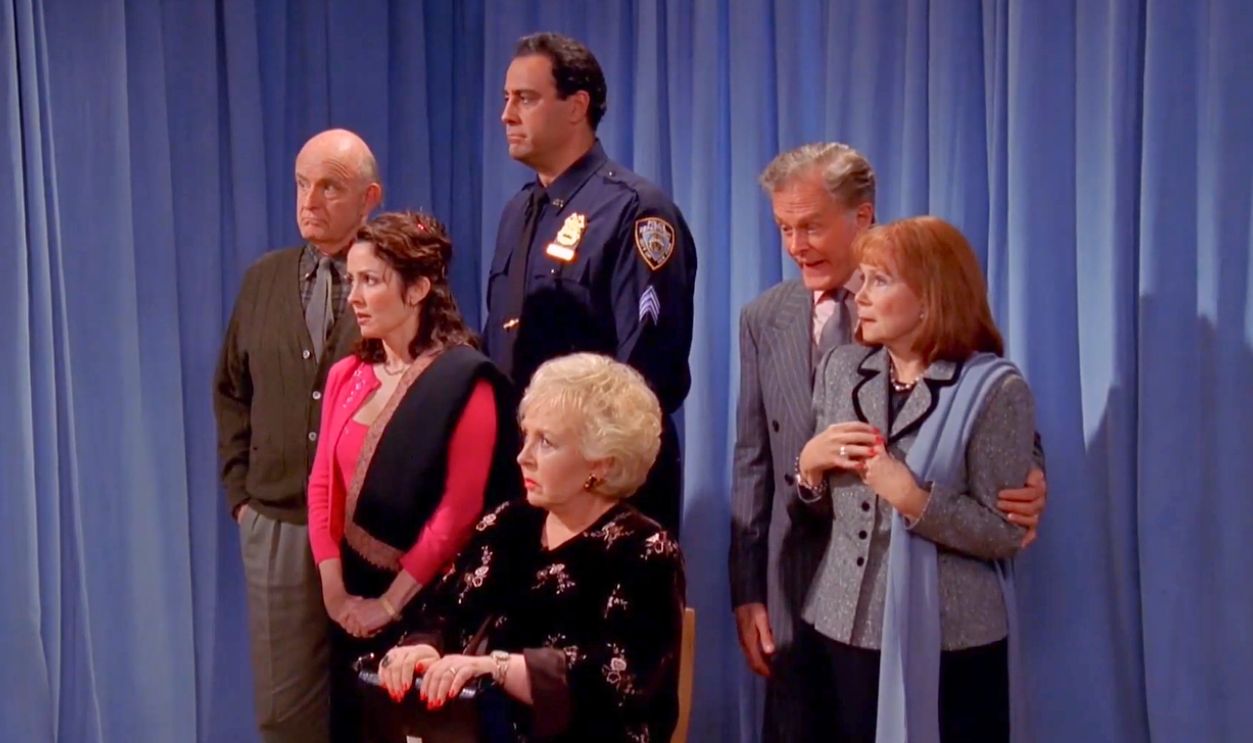 CBS Productions, Everybody Loves Raymond (1996–2005)
CBS Productions, Everybody Loves Raymond (1996–2005)
The Barone Kids Deserved More
The three Barone children barely grow as characters, often serving as background noise for adult drama. Their minimal dialogue and presence make rewatchers notice how little their experiences matter. It’s a sharp contrast to modern family sitcoms that balance humor with genuine attention to kids’ emotional worlds.
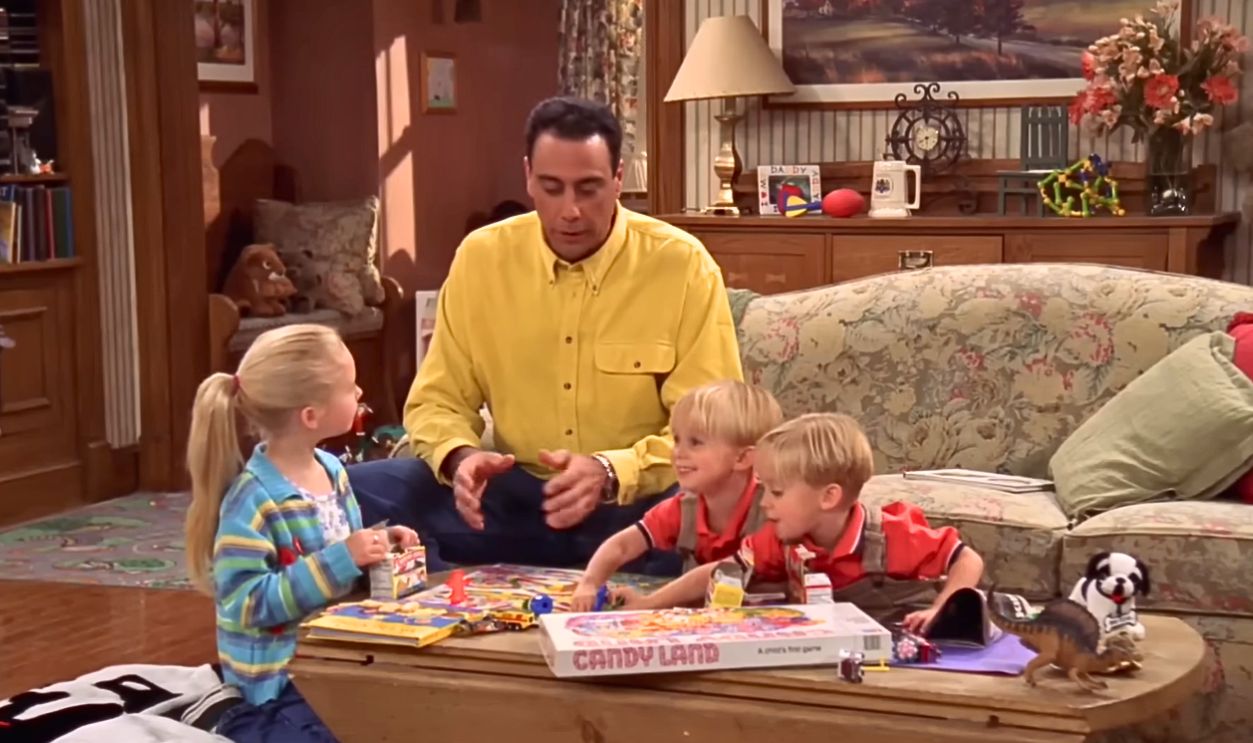 CBS Productions, Everybody Loves Raymond (1996–2005)
CBS Productions, Everybody Loves Raymond (1996–2005)
Conflict Without Consequences
Every major blow-up resets by the next episode, no matter how big the argument. It was the sitcom norm of the era, but today it feels hollow. Without lasting consequences, heartfelt moments lose their weight, and this reveals how modern storytelling has raised expectations for emotional continuity.
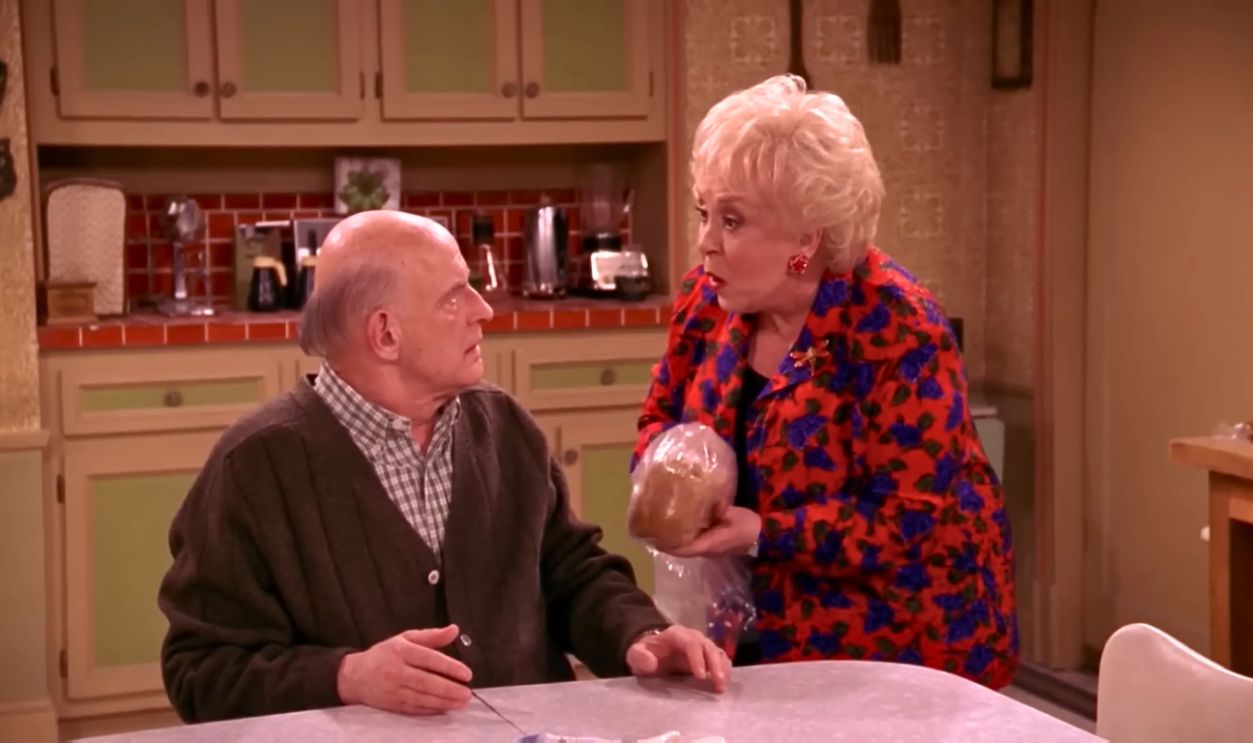 CBS Productions, Everybody Loves Raymond (1996–2005)
CBS Productions, Everybody Loves Raymond (1996–2005)

